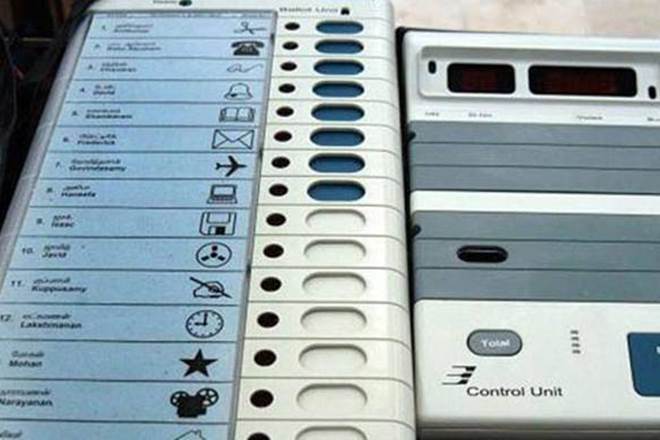Types and Usage
Election is great instruments of transfer of power in democratic country. We have been introduced great word called EVM By election Commission of India. After independent last few elections EVM has been introduced and people of india have been using it as Right of Ballet.
Electronic Voting Machines (“EVM”) are being used in Indian General and State Elections to implement electronic voting in part from 1999 elections and recently in 2018 state elections held in five states across India. EVMs have replaced paper ballots in local, state and general (parliamentary) elections in India.
Design and technology:
An EVM consists of two units, a control unit, and the balloting unit. The two units are joined by a five-meter cable. Balloting unit facilitates voting by a voter via labeled buttons while the control unit controls the ballot units, stores voting counts and displays the results on 7 segment LED displays. The controller used in EVMs has its operating program etched permanently in silicon at the time of manufacturing by the manufacturer. No one (including the manufacturer) can change the program once the controller is manufactured.
EVMs are powered by an ordinary 6 volt alkaline battery[15] manufactured by Bharat Electronics Limited, Bangalore and Electronics Corporation of India Limited, Hyderabad. This design enables the use of EVMs throughout the country without interruptions because several parts of India do not have the power supply and/or erratic power supply.
An EVM can record a maximum of 3840 votes and can cater to a maximum of 64 candidates. There is provision for 16 candidates in a single balloting unit and up to a maximum of 4 units can be connected in parallel. The conventional ballot paper/box method of polling is used if the number of candidates exceeds 64. It is not possible to vote more than once by pressing the button again and again. As soon as a particular button on the balloting unit is pressed, the vote is recorded for that particular candidate and the machine gets locked. Even if one presses that button further or any other button, no further vote will be recorded. This way the EVMs ensure the principle of “one person, one vote”.
Benefits:
The cost per EVM was US$610 in 2018 at the time the machines were purchased in 1989–90. The cost was estimated to be US$170 in 2018 per unit as per an additional order issued in 2014. Even though the initial investment was heavy, it has since been expected to save costs of production and printing of crores of ballot papers, their transportation and storage, substantial reduction in the counting staff and the remuneration paid to them. For each national election, it is estimated that about 10,000 tonnes of the ballot paper are saved. EVMs are easier to transport compared to ballot boxes as they are lighter, more portable, and come with polypropylene carrying cases. Vote counting is also faster. In places where illiteracy is a factor, illiterate people find EVMs easier than ballot paper system. Bogus voting is greatly reduced as the vote is recorded only once. The unit can store the result in its memory before it is erased manually. The battery is required only to activate the EVMs at the time of polling and counting and as soon as the polling is over, the battery can be switched off. The shelf life of Indian EVMs is estimated at 15 years.
Tags: Be Responsible Citizen










